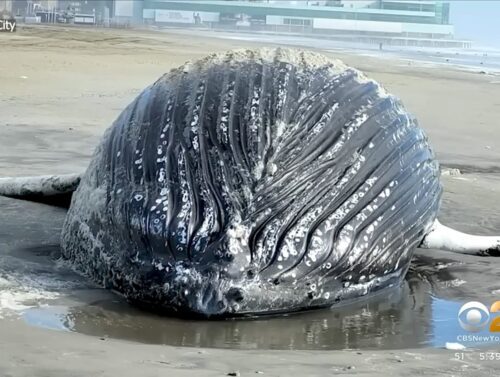
Despite flat electricity demand for the past two decades—and some of the lowest energy usage per capita among the 50 states—New Jersey residents pay some of the highest retail power prices in the country. [emphasis, links added]
As of April 2025, the Garden State ranked No. 12 in the nation, with prices more than 15% above the U.S. average.
This gap has widened further in the wake of the recent decision by the New Jersey Board of Public Utilities to approve an additional 17% to 20% rate increase for most utility customers starting in June.
A decade ago, the outlook for New Jersey electricity prices was much brighter. The state was adding natural-gas generation capacity to take advantage of abundant, low-cost Marcellus Shale gas located next door in Pennsylvania.
By 2016, New Jersey achieved energy independence by supplying all its power needs with in-state generation for the first time in its history, partially fueled by Pennsylvania gas.
Then the state threw it all away.
Since electing Gov. Phil Murphy in November 2017, New Jersey has shut down all its coal plants, reduced its natural gas-generation capacity, and increased its reliance on intermittent wind and solar power.
Trenton is on a quixotic quest to achieve 100% “clean” electricity production by 2035.
Under Mr. Murphy’s leadership, New Jersey has tilted at offshore windmills—none of which have been completed to date, mainly due to cost overruns, despite the state’s generous financial incentives.
New Jersey has also subsidized the rollout of solar power (mostly non-utility scale) even though the state experiences only 94 days with less than 30% cloud cover in an average year.
The state ranks seventh in the country for small-scale solar power generation, with rooftop and utility-pole solar panels now ubiquitous.
Such supply-side mismanagement has led to a 12% decrease in New Jersey’s electric-generating capacity since 2016. Over the same period, average residential power prices increased by almost a third, even as consumption declined slightly.
The shale revolution has led to a significant drop in U.S. natural-gas prices since the 2000s, but New Jersey electricity customers have seen no benefit in their monthly bills.
A growing dependence on out-of-state generation to meet electricity demand—the shortfall stood at 16% in 2024—has increased the state’s reliance on the Pennsylvania-New Jersey-Maryland, or PJM, regional transmission organization.
This subjects New Jersey to even harsher climate policy.
PJM was started as a two-state, three-utility power pool in 1927 but has expanded into one of the largest regional grid operators in the U.S., responsible for balancing electricity supply and demand across 13 states plus the District of Columbia.
Given PJM’s largely blue-state makeup, it’s no surprise that its leadership has let climate policy objectives overrun grid planning and market dynamics in recent years.
Despite annual capacity pricing auctions meant to create an incentive for the construction of new power plants, total committed daily PJM capacity decreased by roughly 20%, or 34.3 gigawatts, between June 2015 and June 2025.
Like Trenton, PJM has replaced dispatchable coal and natural-gas generation with variable wind and solar facilities across its entire service territory.
Subsequent interconnection bottlenecks have delayed many winning-bid renewable projects as PJM struggles to provide the necessary new transmission infrastructure quickly enough.
Both the North American Electric Reliability Corp. (NERC) and the Energy Department have raised concerns about grid reliability and potential outages in the PJM system over the next five years due to the forecasted increase in electricity demand from data centers and other large industrial users.
The laws of energy supply and demand are catching up with PJM—and New Jersey. In its last regular capacity auction, generation prices went up more than ninefold year-over-year.
It was this price spike that led to the recent regulator-approved 17% to 20% increase in New Jersey residential bills.
Rather than mailing out government checks to provide temporary ratepayer relief as the Murphy administration has recently done, New Jersey needs to take responsibility for its energy destiny by returning to energy self-sufficiently.
This would make it no longer necessary to participate in PJM.
Despite Trenton’s climate delusions, from a reliability, cost, and emissions perspective, New Jersey already has an optimal generation mix.
Natural gas and nuclear currently comprise more than 90% of its electricity output. The Garden State just needs to supersize both fuel sources to catch up with current demand as well as projected load growth.
Top image via New Jersey Office of the Governor/YouTube screencap
Read rest at WSJ


















